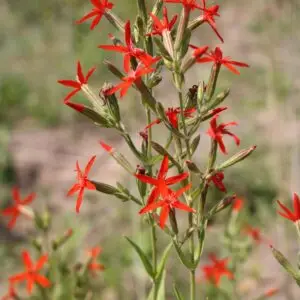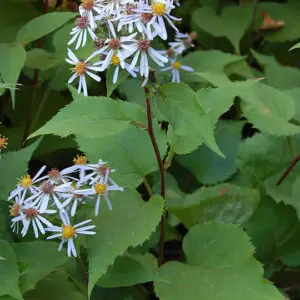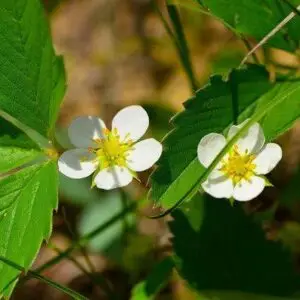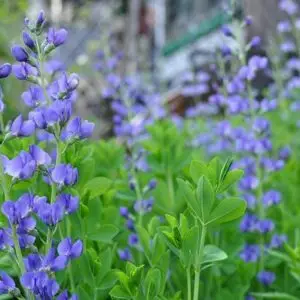| Size | Trade Gallons, Two Gallons, Three Gallons |
|---|
Prunus angustifolia – Chickasaw Plum (B&B.DRGHT.H.M.NB.OP)
$25.00
Ecosystem Services:
(B)-Birds (B&B)-Birds & Butterflies
(BTF)-Butterflies (BW)-Black Walnut Resistant
(DR)-Deer Resistant (DRGHT)-Drought Resistant
(EC)-Erosion Control (EVR)-Evergreen
(FC)-Fall Color (FRG)-Fragrant
(GRD)-Groundcover (H)-Host plant
(HMR)-Hummingbirds (M)-Mammals
(MTH)-Moths (N)-Nectar
(NB)-Native Bees (NST)-Nesting Material
(OP)-Other pollinators (RR)-Rabbit Resistant
(SHWY)-Showy (SPC)-Specimen Plant
Chickasaw Plum may grow 15 feet tall. The leaves are alternate with a finely toothed margin. The bark is smooth and red with numerous elongated light lenticels. As the tree ages, the bark becomes scaly and shallowly furrowed. In early spring, small, 5-petaled, white flowers mature in clumps. The small tree produces a 1/2-inch, yellow-to-red drupe that matures in summer.
Native Americans regularly consumed the fruit fresh or dried it for winter.
The Chickasaw plum grows best in average, medium, well-drained soils in full sun to part shade. It is important to promptly remove root suckers to prevent any unwanted spread. This plant is adaptable to wide range of growing conditions and soils.
Host plant for Coral Hairstreak, Eastern Tiger Swallowtail, Spring Azure, Viceroy and Red-spotted Purple Butterflies.
It also a host for the larvae of the Promethea silkmoth (Callosavia promethea), Imperial (Eaches imperialis), Polyphemus (Antheraea polyphemus) and the Cecropia (Hyalophora cecropia) moths.
Only logged in customers who have purchased this product may leave a review.






Reviews
There are no reviews yet.